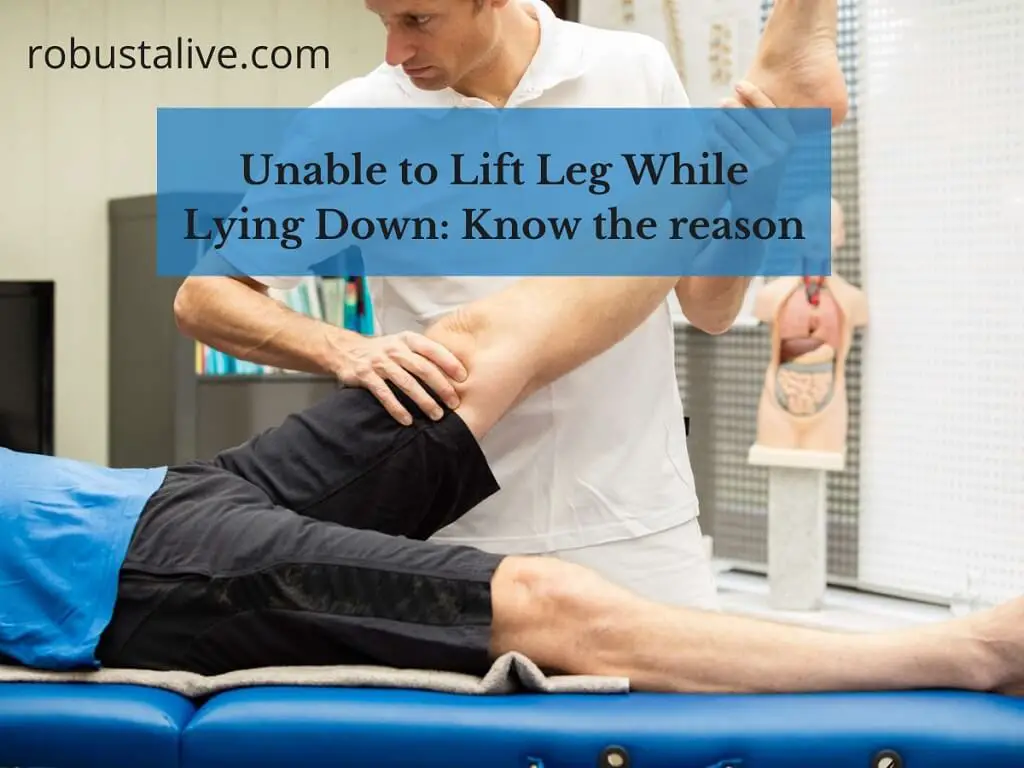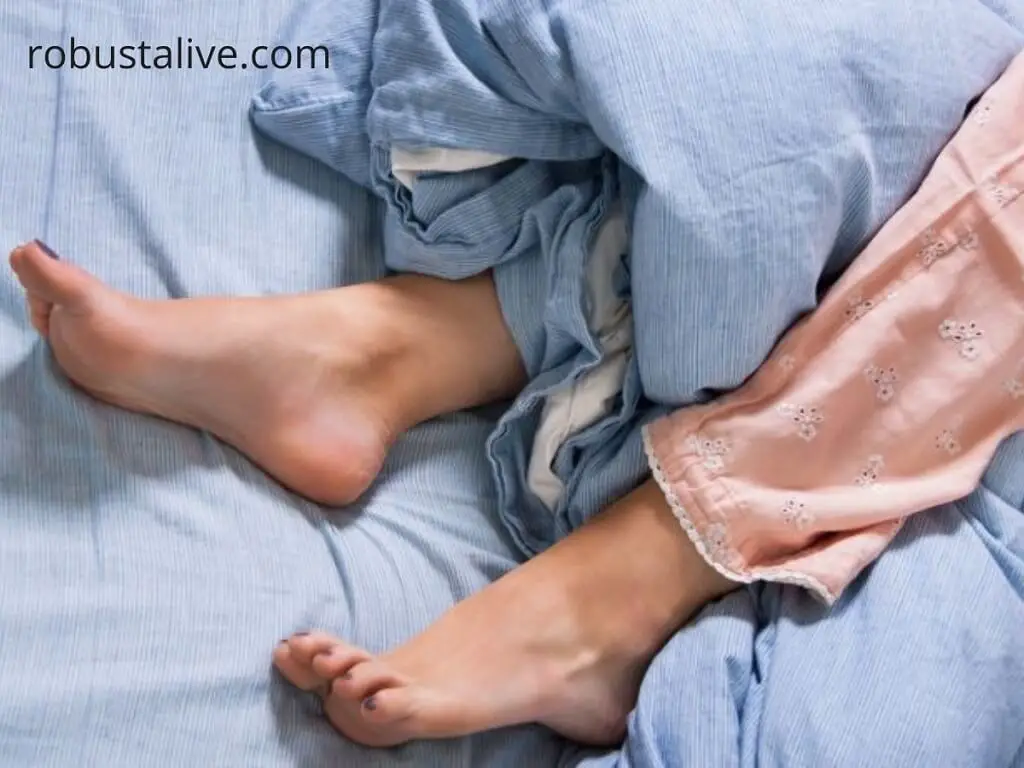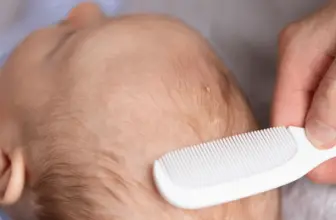Unable to Lift Leg While Lying Down: Know the reason

Have you ever had a sudden onset of leg weakness? Have you ever felt that you couldn’t lift your leg when lying down? Have you ever felt a sharp pain when attempting to put on your pants?
Leg pain and weakness can result from minor muscle cramps to more severe nerve problems that need immediate medical intervention. To promote the best possible recovery, it is crucial to understand how the two prompt interventions and care differ. In this article, you can learn about being Unable to Lift leg While Lying Down.
The brain typically transmits signals to a group of muscles through the spinal cord and nerves, causing them to contract voluntarily. The contraction of these muscles causes movements like elevating your leg or bending forward. The movements can be impacted by any issue in this pathway, whether directly or indirectly.
Here, we’ll review some typical reasons for leg weakness and other symptoms.
Guillain-Barre syndrome
An uncommon autoimmune condition called Guillain-Barre syndrome causes your immune system to assault your nerves, resulting in tingling and weakness that typically begins in the feet and legs. If the weakness is not addressed immediately, it might quickly spread and paralyze the entire body.
Additional symptoms can include:
• Feeling pricked or tingly in your wrists, fingers, ankles, or toes
• Extreme pain that worsens at night
• Issues with facial or eye movements
• Issues with bowel or bladder control
Although the condition’s origin is unknown, infections like the stomach flu or respiratory infections sometimes serve as their catalysts.
Immediately consult a doctor if you suffer any of these symptoms. Although there is no cure, there are treatments that can lessen the severity of the illness and ease some of its symptoms.
Pinched nerve
Sciatica is pain that moves along the sciatic nerve, which runs from the lower back to the buttocks and down the legs, and is brought on by a pinched nerve in the lower back. Usually, It only affects one side of your body.
Sciatica can cause anything from a mild ache to a scorching, stabbing pain that worsens with prolonged sitting or sneezing. Leg weakness and numbness are some potential symptoms.
With time to heal on your own and self-care techniques like stretching, mild sciatica usually goes away. Consult a doctor if your pain is getting severe or lasts for more than a week.
Cauda equina syndrome is indicated by sudden, intense pain in your lower back or leg coupled with numbness or weakness of the muscles and difficulty regulating your bladder or bowels. If you encounter these symptoms, get emergency medical attention.
Myasthenia gravis

Photo Credit: robustalive.com
A neuromuscular weakness called myasthenia gravis (MG) makes your voluntary skeletal muscles weak. Although it can affect anybody of any age, women under 40 and males over 60 experience it more frequently. dependable source
These symptoms include:
- Weakness of the legs, arms, hands, or feet muscles
- Lowered eyelids
- Double mindedness
- Difficulty speaking
- Trouble eating or swallowing
Though there is no known cure for MG, early diagnosis and treatment might slow the disease’s course and lessen muscle weakness. The usual treatment method is a mix of medication, lifestyle modifications, and occasionally surgery.
ALS
Another name for Lou Gehrig’s disease is amyotrophic lateral sclerosis (ALS). It is a gradual neurological weakness that weakens the nerve cells in the legs and frequently begins with muscle twitching.
Other early symptoms comprise:
• Trouble walking or carrying out regular activities
• Difficulty swallowing
• Choppy speaking
• Trouble keeping your head up
Currently, there is no cure for ALS, there are treatments that can help manage symptoms and side effects while also enhancing the quality of life.
Parkinson’s disease
Parkinson’s disease is a neurodegenerative condition affecting the substantia nigra, a brain region. Over time, the condition’s symptoms steadily worsen. Typically, difficulties moving are the initial symptoms.
Other symptoms of Parkinson’s disease include:
• Minor alterations to handwriting or other writing
• Slow motion (bradykinesia)
• Muscle stiffness
• Difficulties walking or balancing
• Tremors
• Voice variations
Parkinson’s disease is treated with lifestyle modifications, drugs, and therapy. Physical therapy and medication can help slow the muscle loss brought on by Parkinson’s disease.
Spinal tumor or lesion
An abnormal tissue growth inside or around the spinal column refers to as a spinal lesion or tumor. Cancerous or non-cancerous spinal tumors can develop in the spine or spinal column or spread there from another location.
Back pain is the most common symptom, which is more significant at night or worsens with activity. Weakness or numbness in the arms, legs, or chest may result from the tumor pressing on a nerve.
The nature, location, and malignant or non-cancerous status of the lesion or tumor affect the treatment course. Leg weakness is typically treated with surgery to remove the tumor, radiation therapy, or chemotherapy to reduce the tumor.
Multiple sclerosis
It is an auto-immune disease that directly affects the central nervous system. Your immune system destroys the myelin, the covering that protects your nerves when you have MS. The most general age range for diagnosis is 20 to 50.
Numerous symptoms that differ from person to person can be brought on by MS. The most typical symptoms are numbness and exhaustion.
Additional symptoms include:
• Muscle tremor
• Muscle stiffness
• Having trouble walking
• Tremors
• Both acute and ongoing pain
• Disturbances to vision
The symptoms of MS might recur periodically, followed by stretches of symptom-free time, or they can develop over time.
MS treatments, such as prescription drugs and physical therapy, can help you regain strength in your legs and limit the disease’s development.
Stroke
It happens when a blood vessel in the brain breaks or the blood supply to your brain is cut off due to blockage. The face, arms, or legs may experience sudden numbness or weakness.
Other stroke warning signs and symptoms include:
• Unexpected misunderstanding
• Inability to talk
• An abrupt, intense headache
• A smile that is lopsided or has one side of the face drooping
Immediately call 911 as soon as you suspect a stroke is happening to you or someone else. Recovery from a stroke depends on receiving treatment quickly. The likelihood of long-term problems can be decreased with early treatment.
When to visit a doctor if you have leg pain while lying down?
Make an appointment with your doctor if leg pain keeps you awake at night or makes it difficult for you to fall asleep. Peripheral artery disease (PAD) and muscle spasms are two potential reasons for leg pain when lying down, in addition to sciatica. A correct diagnosis might help you receive the best care and experience relief more quickly.
Describe your leg pain to the doctor when you visit, whether it is hot and acute, dull and throbbing, or like it is shooting down your leg. Tell your doctor which postures make your pain worse or better as well. With this information, your doctor may be better able to pinpoint pain-relieving therapies and treatments, like ergonomic pillows or cushions.
Also read: How to heal lower back pain
Conclusion
Although annoying, being unable to lift leg while lying down may not always be treated seriously. However, persistent symptoms should never be ignored or dismissed as benign without being thoroughly examined because prompt treatment can significantly improve the recovery of damaged nerves.
Frequently Asked Questions (FAQ) Unable to Lift Leg While Lying Down
Why is it so difficult to lift my leg?
Overstretch or Inner thigh muscles ripping injury or front of the hip refers to as a groin strain. Groin strains make it difficult and uncomfortable to walk, lift the knee, or move the leg away from or toward the body. The muscles can become overused and cause groin pains.
Which muscle help in lifting your leg?
Bodyweight exercises like the leg lift work all your body’s major muscle groups, including the lower and upper abs, hamstrings, quadriceps, hip flexors, and lower back. Double leg lifts are another name for leg lifts.
What leads to left leg weakness?
Leg weakness that appears suddenly should be taken seriously and treated right away. A stroke (caused by a reduction in the amount of oxygen reaching certain portions of the brain), spinal cord injury, or a pinched nerve exiting the spinal cord are a few causes of sudden leg weakness.
What leads to leg muscle weakness?
Lack of exercise, aging, muscle damage, or pregnancy are the most prevalent causes of muscle weakness. Long-term diseases like diabetes or heart disease might also cause it. Numerous additional conditions, including multiple sclerosis, depression, fibromyalgia, and chronic fatigue syndrome, are also potential causes (ME).





